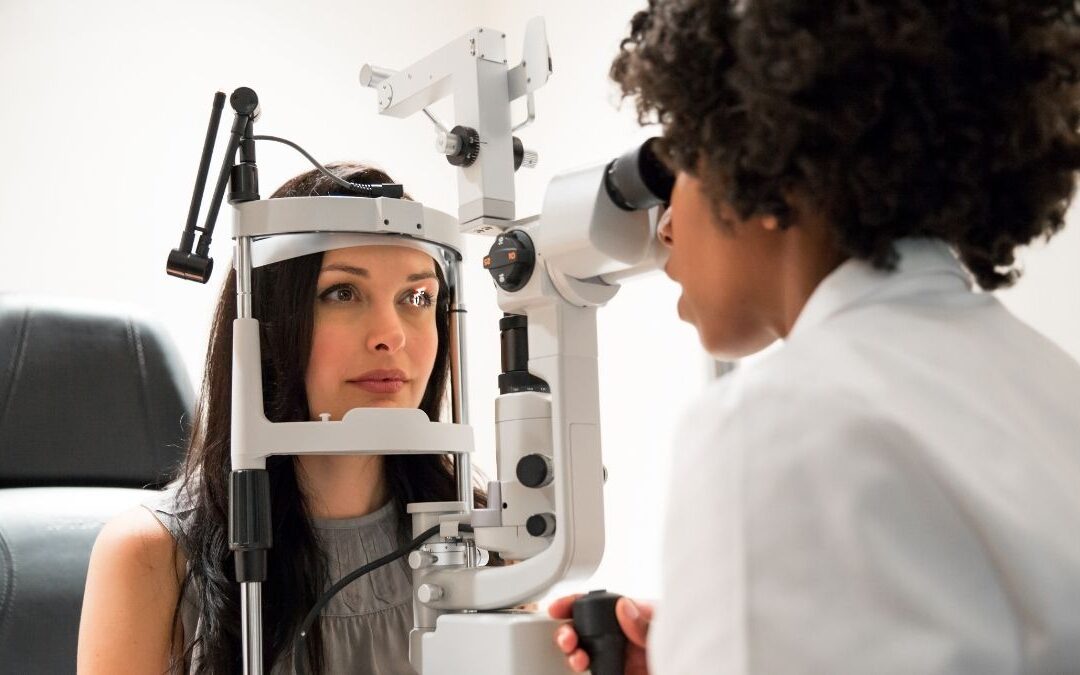Eye exam cost without insurance might sound expensive, but the reality is far less intimidating.

If you’re putting off vision care because you don’t have coverage, you’re not alone, and you’re not out of options. Many affordable providers offer basic and comprehensive exams for much less than you’d expect.
And with tools like HSAs, you can pay for those appointments tax-free, turning a routine health expense into smart financial planning. The key is knowing where to look, what to ask, and how to avoid hidden fees.
Key Highlights
- Routine eye exams typically range from $75 to $150 without insurance.
- Surprise costs usually come from prescriptions, add-ons, or unexpected findings.
- You can use your HSA to pay for eye care and reduce your tax burden.
Let’s walk through exactly what you can expect to pay and how to make the smartest financial choices for your eye health.
Average Eye Exam Cost Without Insurance: What to Expect?
If you’re wondering how much an eye exam costs without insurance, the answer depends on the type of exam you need.
Basic vision tests tend to be affordable, but costs can rise with more advanced evaluations or specialist visits. It’s important to know the range ahead of time, especially if you’re budgeting for out-of-pocket care or planning to use an HSA.
Here’s a quick breakdown of what you can expect to pay nationwide:
| Type of Exam | Typical Price Range |
|---|---|
| Basic Eye Exam (Optometrist) | $75 – $150 |
| Comprehensive Eye Exam | $100 – $250 |
| Opthalmologist Visit | $200 – $400 |
These are average ranges, prices may vary by location or provider type. If you’re looking up optometrist cost without insurance, you’ll likely land in the lower end of the scale unless extra tests are added.
The real financial risk isn’t the exam, it’s what comes after.
Where to Get Affordable Eye Exams Without Insurance?
Finding a budget-friendly eye exam is easier when you know where to look.
Here are some trusted places that often offer lower costs, even without vision insurance:
- Retail Vision Centers: Walmart Vision and Costco Optical offer basic exams at lower prices.
- Independent Optometrists: Many local providers offer cash discounts or new patient specials.
- Community Health Clinics: These clinics may offer sliding-scale fees based on income.
- Online Eye Exams: Useful for renewals or basic prescriptions (not for full diagnostic exams).
- Charitable Programs: Many programs offers free eye care to eligible individuals.
If you’re concerned about ophthalmologist cost without insurance, ask upfront about pricing or referrals to more affordable providers.
Hidden Eye Exam Costs That Catch People Off Guard
The base eye exam cost without insurance isn’t usually the problem, it’s the surprise fees that add up fast.
These extras aren’t always mentioned upfront, and they can significantly increase your total out-of-pocket cost. Knowing what to ask about ahead of time can help you stay in control of your budget.
Common add-ons include:
- Retinal imaging or pupil dilation (can add $30–$80)
- Contact lens fitting fees (often $40–$150)
- Follow-up visits or prescription re-checks
- Specialty referrals or upgraded lenses are not included in basic pricing
Compare Pricing on the Best HealthShare Plans Available
How to Save on Eye Exams and Pay with Your HSA?
You don’t need insurance to make smart, affordable choices, especially when you use an HSA.
By planning ahead and asking the right questions, you can cut costs while building long-term savings for future healthcare needs.
Here are practical ways to save:
- Ask for cash discounts, many providers offer lower rates for self-pay patients
- Bundle services if multiple family members need exams
- Schedule during high-contribution months to use new HSA funds
- Pay with HSA dollars to avoid taxes on your vision expenses
- Consider health sharing plans as a flexible, low-cost alternative to insurance
Your HSA turns necessary expenses into tax-free savings.
When to Prioritize Eye Exams Without Insurance?
Delaying care to avoid optometrist cost without insurance can sometimes lead to bigger and more expensive problems later.
Even without vision coverage, there are specific situations where an eye exam should be a priority. Early detection can prevent more serious conditions and reduce long-term healthcare costs.
Consider scheduling an exam if you:
- Are over age 40
- Have diabetes or high blood pressure
- Have a family history of eye disease
- Experience sudden vision changes or discomfort
Preventive care now can save you from costly treatments later.
Smart Payment Options for Eye Exams Without Insurance
You have more control over your healthcare costs than you might think.
Many providers accept flexible payment methods that make vision care more manageable, even without a traditional insurance plan. Asking the right questions can open up options you didn’t know you had.
Use these strategies to pay smarter:
- Use HSA or FSA cards to cover eligible vision expenses.
- Ask about payment plans or financing for higher-cost exams.
- Explore health sharing plans that may reimburse vision services.
- Look for bundle deals that include the exam and prescription glasses.
You don’t need insurance to make smart financial decisions about your eye health.
Prioritize Eye Exams Without Breaking the Bank
The truth is, eye exam costs without insurance don’t have to be a financial burden.
When you plan ahead and explore smart payment options, routine eye care becomes both affordable and stress-free. Proactive vision care not only protects your health, it also helps you avoid bigger bills later.
Start saving on family health care costs.
You can also schedule a free consultation with one of our Personal Benefits Managers to explore prescription savings and more ways to reduce out-of-pocket expenses.
For Further Reading:




